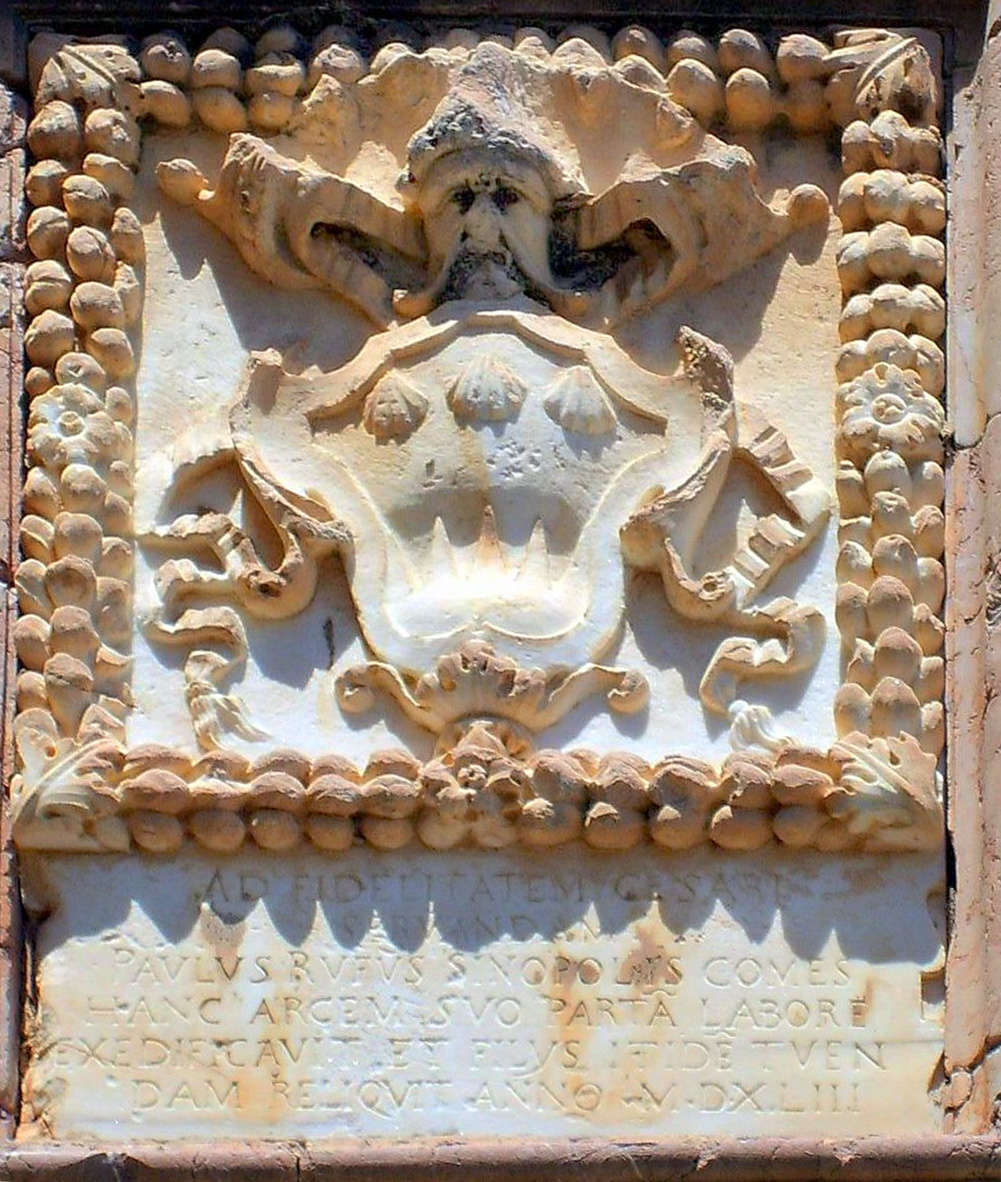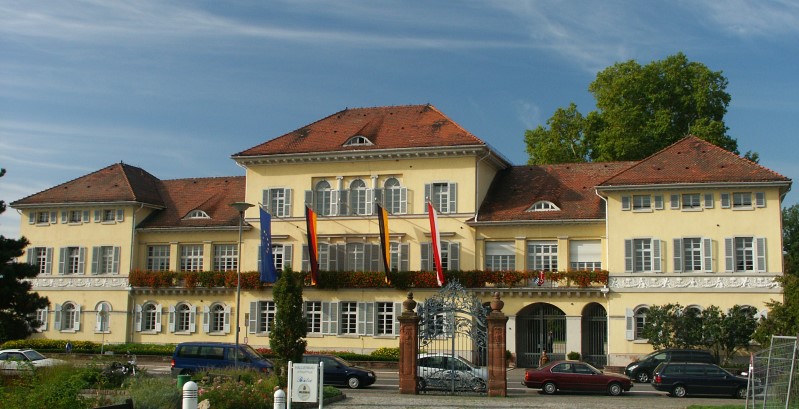|
Arthur, 4th Count Of Schönborn-Wiesentheid
Arthur Franz Maximilian, 4th Count of Schönborn-Wiesentheid (30 January 1846 – 29 September 1915) was an Austrian nobleman. Early life Schönborn-Wiesentheid was born on 30 January 1846 in into the ''Hochadel'' (high nobility). He was the son of Klemens, 3rd Count of Schönborn-Wiesentheid and Irene, Countess Batthyány de Német-Ujvár. Among his siblings were Elma von Schönborn-Wiesentheid (wife of diplomat Karl von und zu Franckenstein). His paternal grandfather, Franz, 1st Count of Schönborn-Wiesentheid, was succeeded as Count by Arthur's uncle, Hugo, 2nd Count of Schönborn-Wiesentheid in 1840. Upon his death in 1865, the title passed to Arthur's father, Klemens. Career The County of Schönborn-Wiesentheid was in Lower Franconia, the northwestern Region of modern Bavaria, and comprised various isolated districts spanning from the Regnitz River to the Main River east of Würzburg. Schönborn-Wiesentheid, a partition of Schönborn, inherited the other line of Schön ... [...More Info...] [...Related Items...] OR: [Wikipedia] [Google] [Baidu] |
Count Of Schönborn-Wiesentheid
Count (feminine: countess) is a historical title of nobility in certain European countries, varying in relative status, generally of middling rank in the hierarchy of nobility. Pine, L. G. ''Titles: How the King Became His Majesty''. New York: Barnes & Noble, 1992. p. 73. . Especially in earlier medieval periods the term often implied not only a certain status, but also that the ''count'' had specific responsibilities or offices. The etymologically related English term "county" denoted the territories associated with some countships, but not all. The title of ''count'' is typically not used in England or English-speaking countries, and the term ''earl'' is used instead. A female holder of the title is still referred to as a ''countess'', however. Origin of the term The word ''count'' came into English from the French ', itself from Latin '—in its accusative form ''comitem''. It meant "companion" or "attendant", and as a title it indicated that someone was delegated to re ... [...More Info...] [...Related Items...] OR: [Wikipedia] [Google] [Baidu] |
Schönborn (state)
The County of Schönborn is a former principality (i.e. ''Herrschaft (territory), Herrschaft'') of the Holy Roman Empire that held imperial immediacy and that was ruled by the House of Schönborn. The state of Schönborn was located to the south of Bamberg and to the southeast of Würzburg. The Schönborn family, originally from Schönborn, Rhein-Lahn, owned several fiefs in Southern Hesse. In 1661, Philipp Erwein, Baron von Schönborn (1607–1668), of Freienfels Castle near Weinbach, since 1654 also owner of Geisenheim, purchased the Herrschaft (territory) of Heusenstamm and built the new castle. In 1671 his son Melchior Friedrich von Schönborn-Buchheim, Melchior Friedrich (1644–1717) acquired the fief of Reichelsburg and in 1701 inherited the Herrschaft Wiesentheid which was a small Imperial State and raised to a County in 1701. In 1717, his estate was partitioned into the state of Schönborn-Wiesentheid and the territory of Schönborn-Heusenstamm. The state of Schönborn- ... [...More Info...] [...Related Items...] OR: [Wikipedia] [Google] [Baidu] |
Borghese Family
The House of Borghese ( , ) is a family of Italian noble and papal background, originating as the Borghese or Borghesi in Siena, where they came to prominence in the 13th century and held offices under the '' commune''. During the 16th century, the head of the family, Marcantonio, moved to Rome, where he rose in power and wealth following the election of his son Camillo as Pope Paul V in 1605. They were one of the leading families of the black nobility and maintain close ties to the Vatican. Borghese (Borghesi) of Siena The family originated with Tiezzo da Monticiano, a 13th-century wool merchant in Siena, whose nephew Borghese gave his name to the family. Among the important Sienese Borghese are: * Agostino (1390–1462), noted soldier in the wars between Siena and Florence, named count palatine by Pope Pius II and count of the Holy Roman Empire by Sigismund * Niccolò (1432–1500), man of letters, philosopher, and important political figure in the Sienese republic, belonging ... [...More Info...] [...Related Items...] OR: [Wikipedia] [Google] [Baidu] |
Ruffo Di Calabria
The House of Ruffo di Calabria is the name of an ancient, one of the most prominent and longest-standing Italian noble families. History It was already one of the seven most important houses of the Kingdom of Naples. B. Filangieri di Candida Gonzaga, ''op.cit'', ad voces; Spreti, ''op.cit'', ad voces) Their most notable members include 's patron Antonio Ruffo, Russian princess |
Don (honorific)
The terms Don (in Spanish language, Spanish and Italian language, Italian), Dom (in Portuguese language, Portuguese), and Domn (in Romanian language, Romanian), are honorific prefixes derived from the Latin language, Latin ''Dominus'', meaning "lord" or "owner". The honorific is commonly used in Spain, Portugal, and Italy, as well as in the Spanish-speaking world and Portuguese-speaking world, as well as some other places formerly colonized by Spain or Portugal. The feminine equivalents are (), (), (Romanian) and (). The term is derived from the Latin : a master of a household, a title with background from the Roman Republic in classical antiquity. With the abbreviated form having emerged as such in the Middle Ages, traditionally it is reserved for Catholic clergy and nobles, in addition to certain educational authorities and persons of high distinction. Spanish-speaking world In Spanish, although originally a title reserved for royalty, select nobles, and church hierarch ... [...More Info...] [...Related Items...] OR: [Wikipedia] [Google] [Baidu] |
Ludwig Zu Sayn-Wittgenstein-Berleburg
Ludwig Adolf Friedrich, 2nd Prince zu Sayn-Wittgenstein-Berleburg-Ludwigsburg (8 June 1799 – 20 June 1866), from 1861 Prince zu Sayn-Wittgenstein-Sayn, was a Russian and German aristocrat. Among his properties were the famed Mir Castle Complex and Verkiai Palace. Early life Ludwig was born on 8 June 1799 in Kovno, Vilna Governorate. He was the eldest child of the celebrated German–Russian field marshal, Peter, 1st Prince of Sayn-Wittgenstein-Berleburg-Ludwigsburg.Genealogisches Handbuch des Adels, Fürstliche Häuser XV. "Sayn u. Wittgenstein". C.A. Starke Verlag, 1997, pp. 263, 628. (German). . Ludwig was half-Polish through his mother, Antonia Cäcilie Snarska (1778–1856), and was formally known in Russian as Lev Petrovich Vitgenshtein (Лев Петрович Витгенштейн). On his paternal side, he was descended from a family of ruling German Counts whose seat was in Berleburg (present day North Rhine-Westphalia) and his grandparents were Count Christian Lou ... [...More Info...] [...Related Items...] OR: [Wikipedia] [Google] [Baidu] |
Alfred Von Oberndorff
Alfred Maria Fortunatus Franziskus Caesar von Oberndorff (9 December 1870 – 16 March 1963), also Count Oberndorff, was a German diplomat. He headed missions in Norway and Bulgaria and in 1918 was one of the signatories of the Armistice that ended the fighting of the First World War. Early life Oberndorff was born in Edingen-Neckarhausen, in the Grand Duchy of Baden, the son of Carl Gustav Adolph Maria Fortunatus Philipp Gabriel von Oberndorff, a landowner and count of the Holy Roman Empire, and his wife Marie Therese Henriette Franziska Eleonora Charlotte von Varicourt-Albini. His father was a chamberlain at the Imperial and Royal Habsburg court in Vienna. The young Oberndorff was educated in law at the universities of Heidelberg, Berlin, Munich, and Freiburg. He passed the first state law examination in the spring of 1892 and graduated Doctor Iuris at Heidelberg on 9 August 1892. He entered into pupillage at the district court in Heidelberg, working also at the courts in ... [...More Info...] [...Related Items...] OR: [Wikipedia] [Google] [Baidu] |
Wilhelm II
Wilhelm II (Friedrich Wilhelm Viktor Albert; 27 January 18594 June 1941) was the last German Emperor and King of Prussia from 1888 until Abdication of Wilhelm II, his abdication in 1918, which marked the end of the German Empire as well as the House of Hohenzollern, Hohenzollern dynasty's 300-year rule of Prussia. Born during the reign of his granduncle Frederick William IV of Prussia, Wilhelm was the son of Frederick III, German Emperor, Prince Frederick William and Victoria, Princess Royal. Through his mother, he was the Descendants of Queen Victoria, eldest of the 42 grandchildren of Queen Victoria of the United Kingdom. In March 1888, Wilhelm's father, Frederick William, ascended the German and Prussian thrones as Frederick III. Frederick died just 99 days later, and his son succeeded him as Wilhelm II. In March 1890, the young Kaiser dismissed longtime Chancellor Otto von Bismarck and assumed direct control over his nation's policies, embarking on a bellicose "New Course ... [...More Info...] [...Related Items...] OR: [Wikipedia] [Google] [Baidu] |
Chancellor Of The German Empire
The chancellor of Germany, officially the federal chancellor of the Federal Republic of Germany, is the head of the federal government of Germany. The chancellor is the chief executive of the Federal Cabinet and heads the executive branch. The chancellor is elected by the Bundestag on the proposal of the federal president and without debate (Article 63 of the German Constitution). During a state of defence declared by the Bundestag the chancellor also assumes the position of commander-in-chief of the Bundeswehr. Ten people (nine men and one woman) have served as chancellor of the Federal Republic of Germany, the first being Konrad Adenauer from 1949 to 1963. (Another 26 men had served as "Reich chancellors" of the previous German Empire from 1871 to 1945.) The current officeholder is Friedrich Merz of the Christian Democratic Union, sworn in on 6 May 2025. History of the office (pre-1949) The office of chancellor has a long history, stemming back to the Holy Roman ... [...More Info...] [...Related Items...] OR: [Wikipedia] [Google] [Baidu] |
Minister President Of Prussia
The Minister-President (), or Prime Minister, of Prussia was the head of government of the Prussian state. The office existed from 1848, when it was formed by Frederick William IV of Prussia, King Frederick William IV during the German revolutions of 1848–1849#Prussia, 1848–49 Revolution, until the abolition of Prussia in 1947 by the Allied Control Council. History of the office Under the Kingdom of Prussia the Minister President functioned as the chief minister of the list of monarchs of Prussia, King, and presided over the Landtag of Prussia, Landtag, the Prussian legislature established in 1848. After the unification of Germany in 1871 and until the German revolution of 1918–1919, 1918–1919 Revolution, the office of the Prussian Minister President was usually held by the Chancellor of Germany, Chancellor of the German Empire, beginning with the tenure of Otto von Bismarck. Under the Free State of Prussia the Minister President was the head of the state government in a ... [...More Info...] [...Related Items...] OR: [Wikipedia] [Google] [Baidu] |
Chlodwig, Prince Of Hohenlohe-Schillingsfürst
Chlodwig Carl Viktor, Prince of Hohenlohe-Schillingsfürst, Prince of Ratibor and Corvey () (31 March 18196 July 1901), usually referred to as the Prince of Hohenlohe, was a German statesman, who served as the imperial chancellor of the German Empire and minister-president of Prussia from 1894 to 1900. Prior to his appointment as Chancellor, he had served in a number of other positions, including as minister-president of Bavaria (1866–1870), German Ambassador to Paris (1873–1880), Foreign Secretary (1880) and Imperial Lieutenant of Alsace-Lorraine (1885–1894). He was regarded as one of the most prominent liberal politicians of his time in Germany. Biography Chlodwig was born at Rotenburg an der Fulda, in Hesse, a member of the princely House of Hohenlohe. His father, Prince Franz Joseph (1787–1841), was a Catholic; his mother, Princess Konstanze of Hohenlohe-Langenburg, a Lutheran. In accordance with the compromise customary at the time, Chlodwig and his brother ... [...More Info...] [...Related Items...] OR: [Wikipedia] [Google] [Baidu] |






